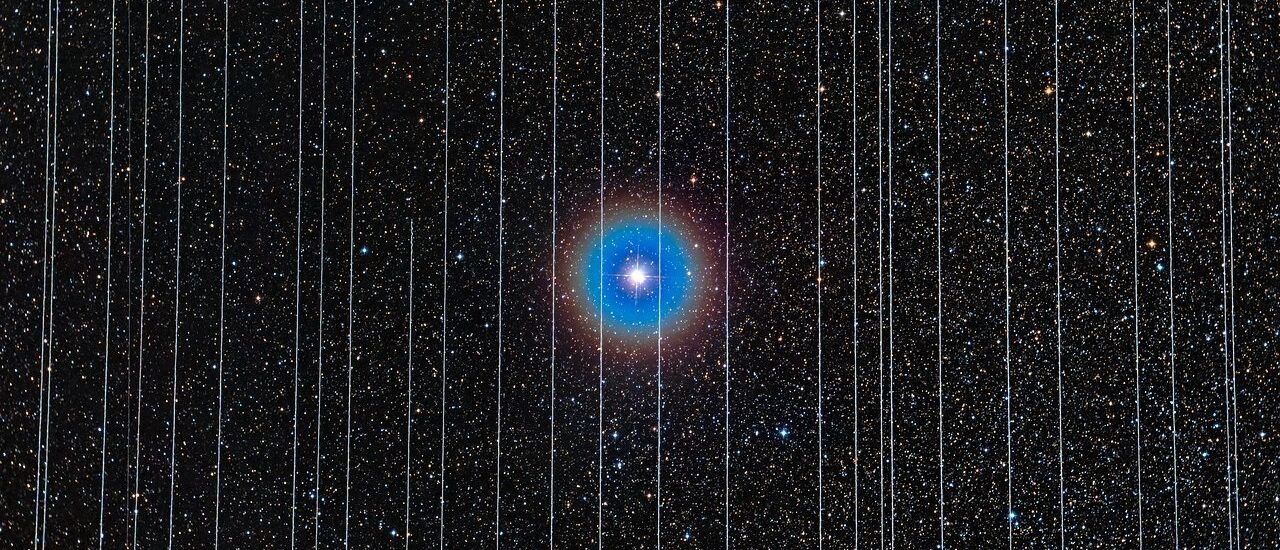Project leads: Dino Bektešević, Graduate Student, Department of Astronomy; and Meredith Rawls, Research Scientist, Department of Astronomy, and Data-intensive Research And Cosmology (DiRAC) Fellow, University of Washington
Data scientist: Vaughn Iverson
DSSG fellows: Abhilash Biswas, Kilando Chambers, Ashley Santos
Participant bios available here.
Project Summary:
We are on the cusp of fundamentally altering the night sky, which has been a source of wonder, storytelling, and discovery since humanity’s earliest ancestors. Space is becoming increasingly industrialized, and large numbers of bright low-Earth-orbit satellites are beginning to leave bright streaks visible to the unaided eye and to telescopes. These impact our ability to observe and analyze astrophysical phenomena from Earth as well as traditional and cultural practices centered on the night sky. The pace of satellite launches is increasing, meanwhile, the scope of the impacts are not well constrained.
Our project addresses this problem by quantifying that change and enabling astronomers and more to do something about it. Students will work with astronomical images containing satellite streaks to develop methods to consistently measure streak brightness. Once we can measure how bright satellites appear in different situations, we can study how the streaks are changing over time and better inform stakeholders about mitigation options. Measured streak parameters will be publicly released alongside the images so astronomers worldwide can use this data to assess how satellites impact science and the sky. This will contribute directly to the international effort to mitigate impacts of satellite constellations on all sky observers. Well-informed science-driven policies and regulations are urgently needed, and our project’s streak brightness measurement techniques will enable these.
Fellows Abhilash Biswas, Kilando Chambers, and Ashley Santos presented the project with the talk “Satellite Streaks” at the Learning & Doing Data for Good (LDDG) conference at the University of Washington in September 2022.
Learn more on the project blog and project website. Watch the presentation here, or the full recording of all four team presentations here.


